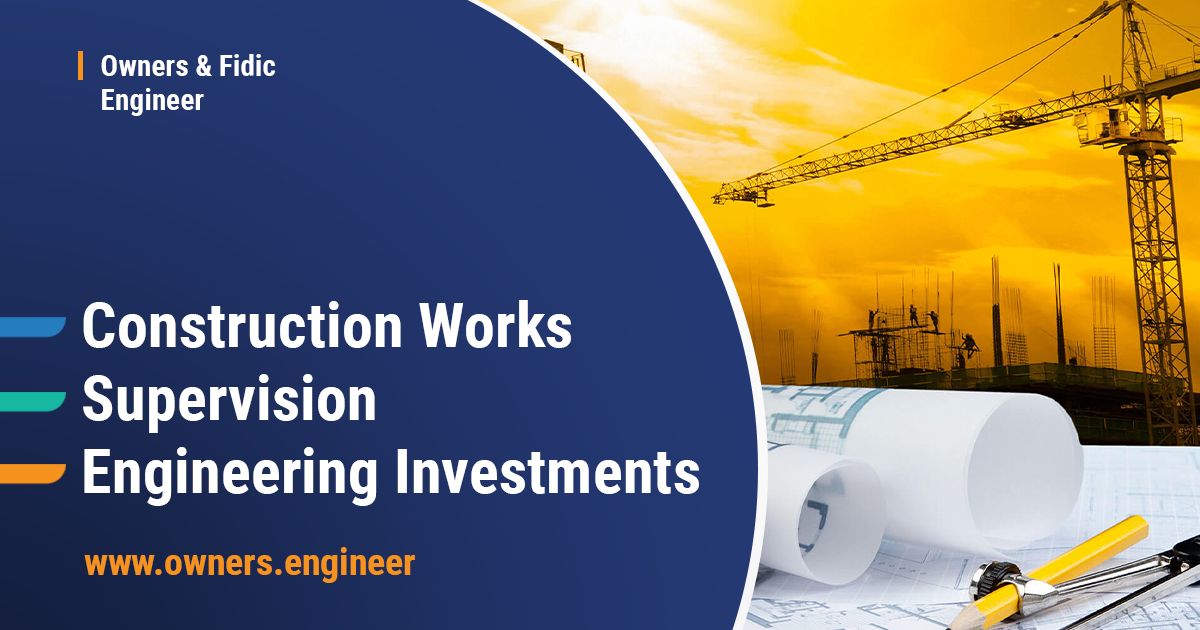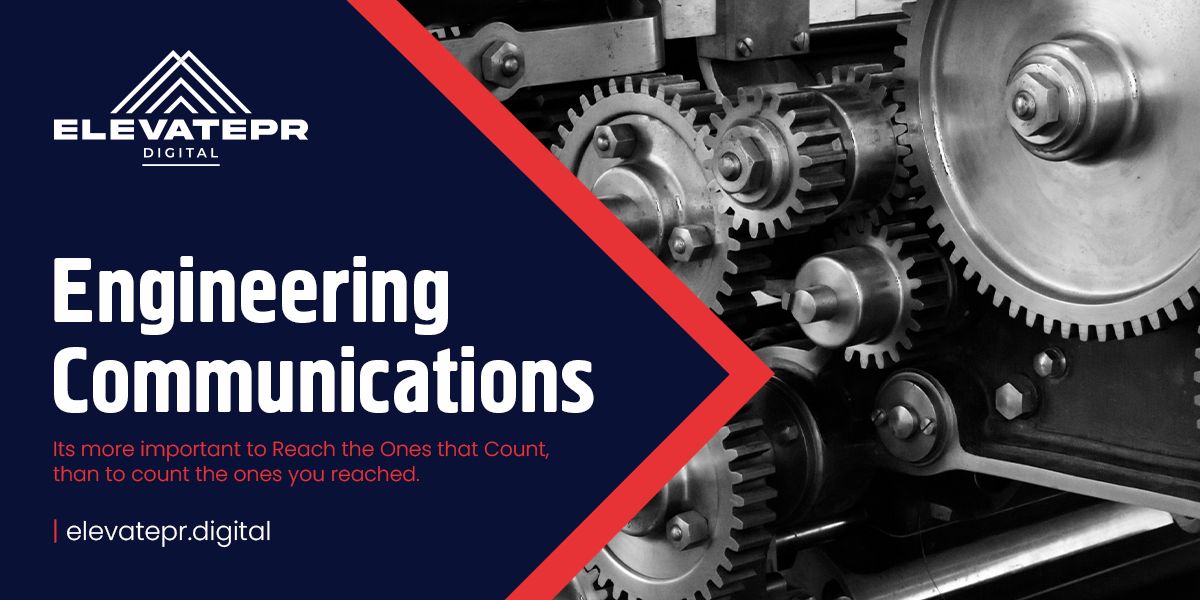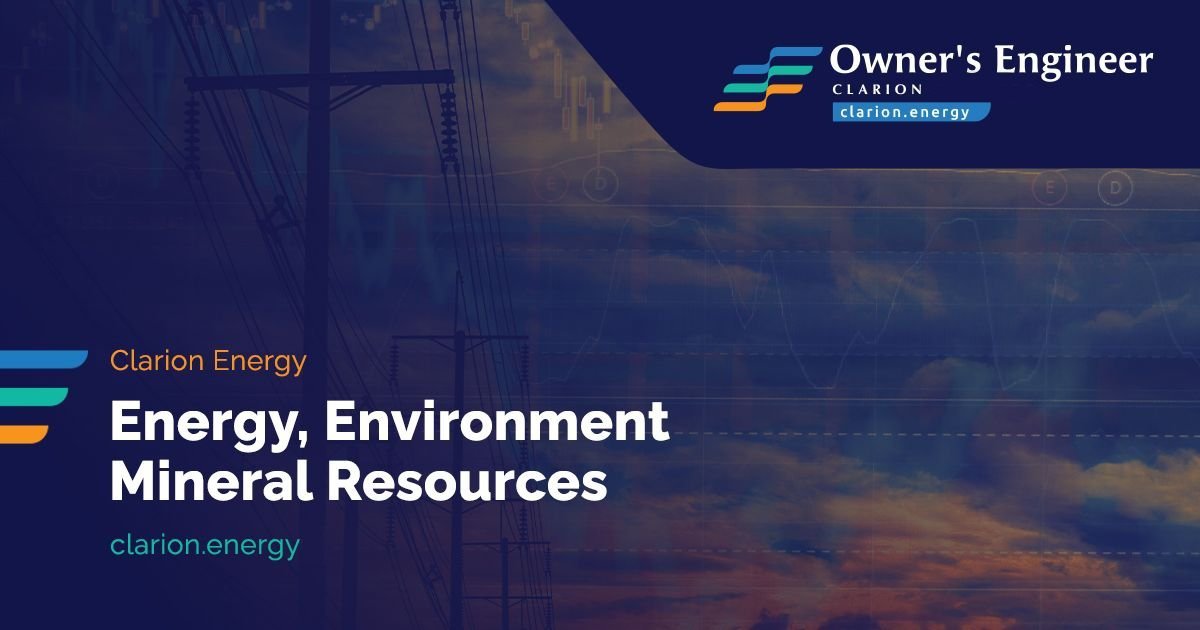Engineering communication, especially within industrial and energy companies, plays a critical role in the efficient and safe operation of these businesses. Effective communication in these sectors is necessary for a variety of reasons, including project management, safety protocols, technical troubleshooting, and the integration of new technologies. Elevatepr.digital brings key aspects and best practices for engineering communication in these industries:
1. Technical Documentation
– Comprehensive Manuals: Create detailed manuals for the operation and maintenance of equipment, ensuring that technical specifications are clearly explained.
– Project Documentation: Maintain meticulous records of project plans, designs, and execution details. This includes drawings, specifications, and project reports that are essential for ensuring everyone is on the same page.
2. Safety Protocols and Procedures
– Clear Communication: Develop clear and concise safety protocols to prevent accidents and ensure the well-being of all employees. This includes emergency response procedures, safety guidelines for equipment use, and regular safety training.
– Incident Reporting: Implement a straightforward process for reporting safety incidents and near misses, facilitating a culture of transparency and continuous improvement.
3. Collaboration Tools
– Digital Platforms: Utilize digital platforms and project management tools to facilitate collaboration among teams, especially for projects that involve multiple departments or are geographically dispersed.
– Regular Meetings: Schedule regular meetings, both virtual and in-person, to discuss project progress, challenges, and updates. This fosters a collaborative environment and ensures all team members are aligned.
4. Training and Development
– Ongoing Training: Provide regular training sessions on the latest technologies, software, and industry best practices to ensure employees are up to date and can communicate effectively about current trends and techniques.
– Cross-disciplinary Knowledge Sharing: Encourage knowledge sharing sessions across different disciplines to foster a holistic understanding of projects and operations.
5. Technical Support and Troubleshooting
– Accessible Support: Establish a readily accessible technical support system for addressing equipment or system issues promptly to minimize downtime and operational disruptions.
– Knowledge Base: Develop a comprehensive knowledge base that includes frequently asked questions, troubleshooting guides, and best practices for common issues.
6. Regulatory Compliance and Standards
– Regulatory Updates: Communicate regularly about updates in regulatory standards and compliance requirements to ensure that all practices are up to date with current laws and regulations.
– Compliance Training: Offer training sessions focused on compliance with local, national, and international standards relevant to the industry.
Best Practices
– Clarity and Precision: Use clear and precise language in all forms of communication to avoid misunderstandings, especially when dealing with complex technical information.
– Feedback Loops: Establish feedback loops to continuously improve communication strategies based on input from employees at all levels.
– Visual Aids: Utilize diagrams, flowcharts, and other visual aids to supplement verbal or written communications, making complex information more accessible.
Effective engineering communication is essential for the success of industrial and energy companies. By prioritizing clear, concise, and continuous communication, these companies can enhance safety, efficiency, and collaboration across all levels of operation.












